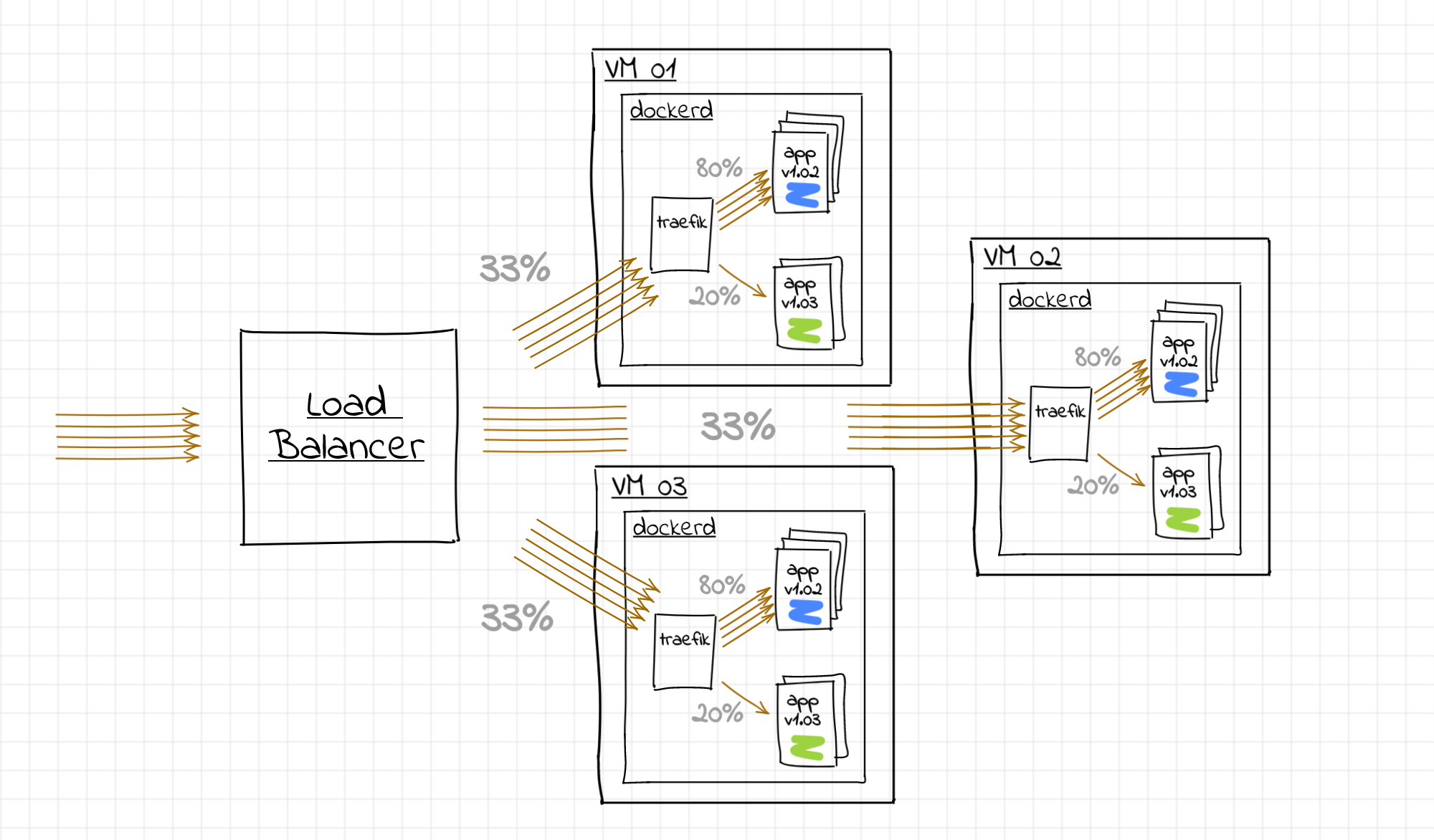High Availability
Updated Feb 05, 2023 ·
Single Traefik Instance
Running a single Traefik instance is simple, but it has its risks. If Traefik crashes or stops, traffic won’t reach your containers.
- Containers keep running, but new requests get blocked.
- Issues like disk space filling up can cause failures.
- Updating Traefik may lead to downtime.
- During these moments, your service becomes unavailable.
Traefik Cluster
To avoid downtime, use multiple Traefik instances working together in a cluster.
- Run several Traefik instances at the same time.
- Deploy each instance on a different server.
- If one server fails, the others keep handling traffic.
A typical high-availability setup includes:
-
Multiple Traefik instances:
- At least three, on different hosts.
- Keeps traffic flowing if one node fails.
-
Virtual or Elastic IP:
- One IP address for all traffic.
- Automatically routes to healthy instances.
-
Common storage:
- Shared place for storing SSL certificates.
- Also holds configuration files, keeping instances in sync
Common Storage
Traefik instances need to share certificates and configurations using common storage.
- They elect a leader to handle updates like renewing certificates.
- This keeps everything in sync and working well.
How HA Traefik Works
Setting up HA Traefik involves:
- Incoming traffic goes to the virtual IP.
- The virtual IP routes requests to any healthy Traefik instance.
- Each Traefik reads and writes to the shared storage.
- Leader election makes sure updates are handled properly.
This setup helps avoid failures and downtime, keeping your services available all the time.
